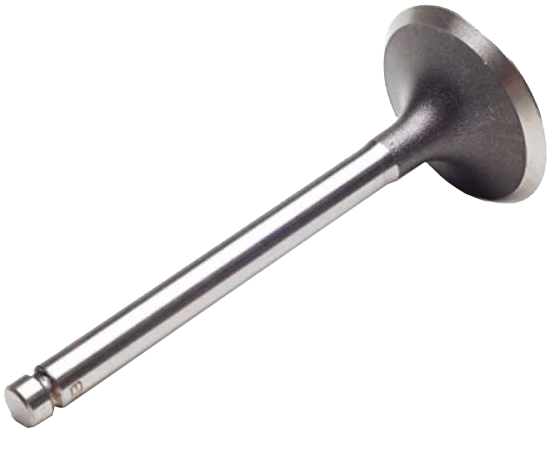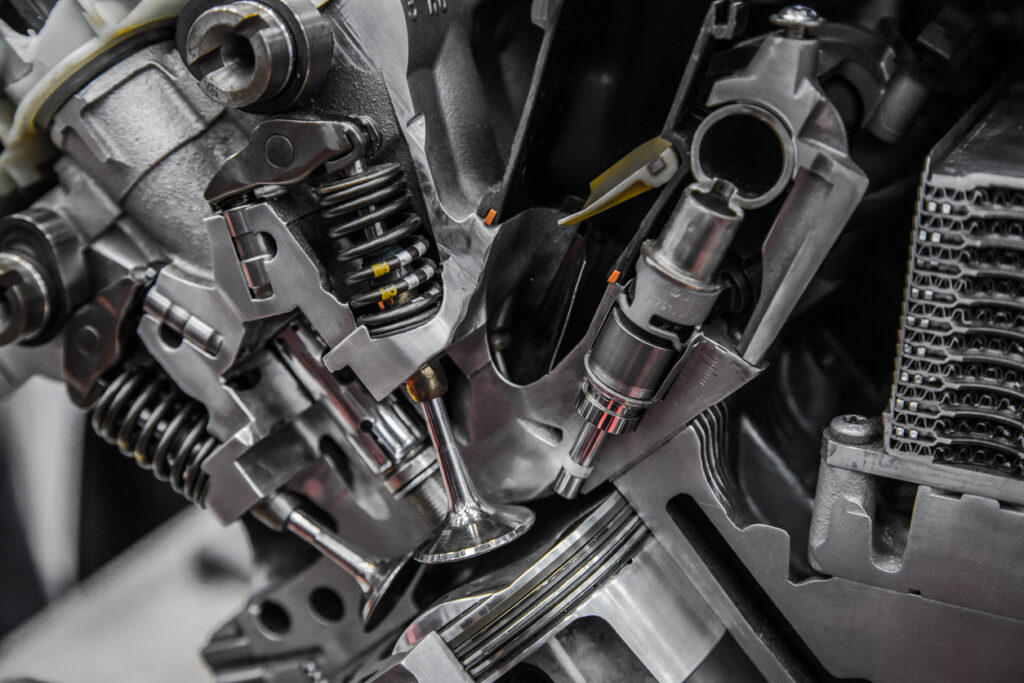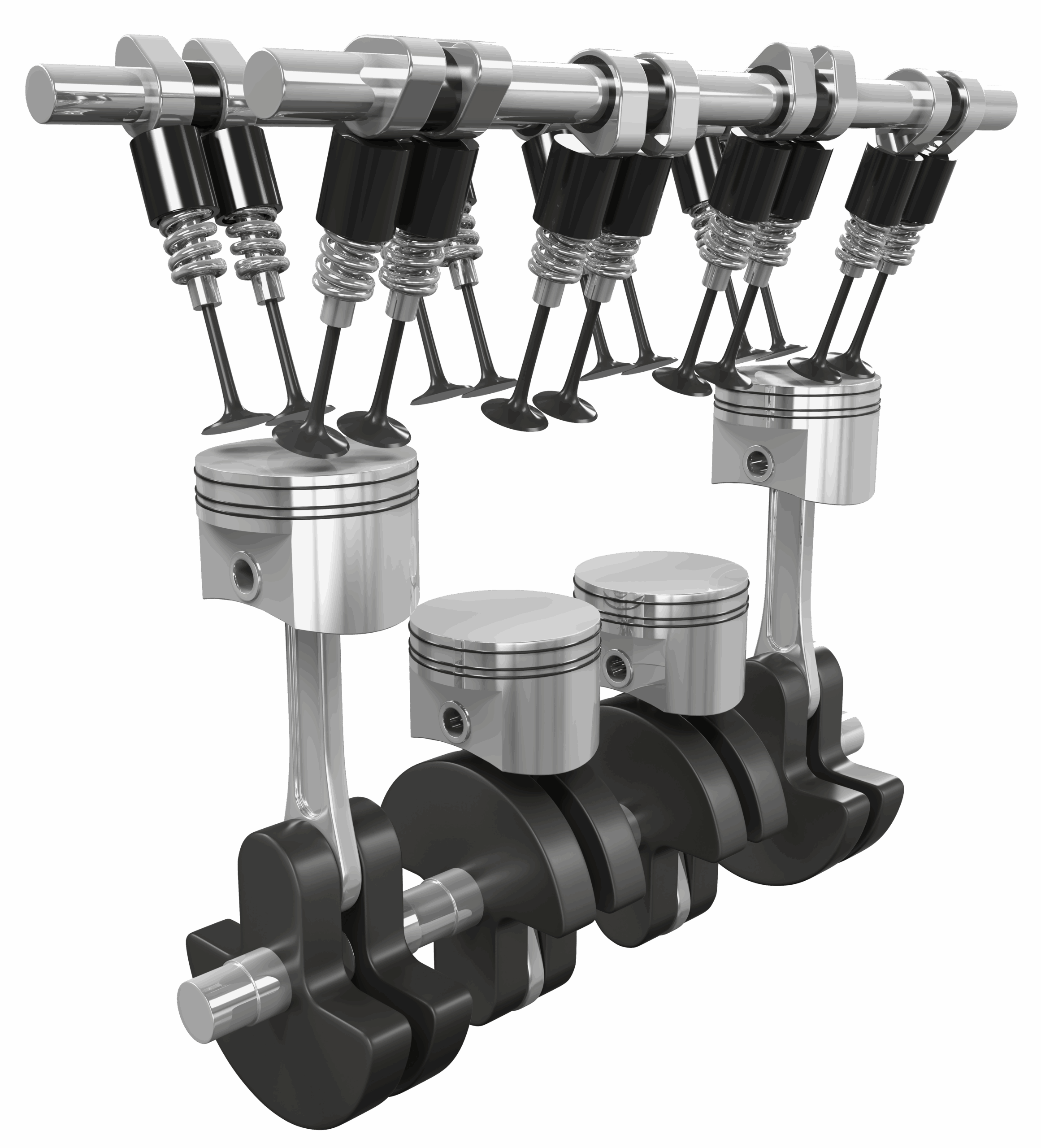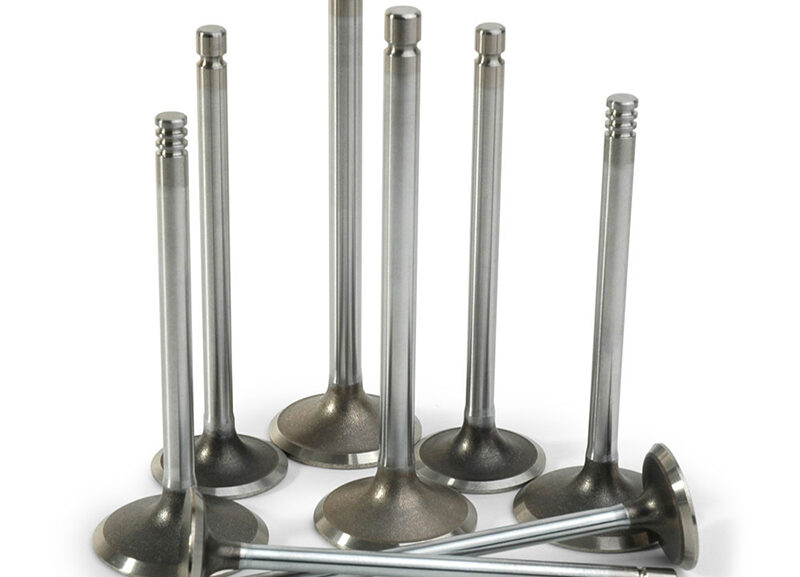Car engine valves are essential components in internal combustion engines, responsible for controlling the flow of air-fuel mixture and exhaust gases. Without valves, the combustion process inside the engine cylinders would not be possible. In this guide, we’ll explore how engine valves work, the types of valves in an engine, their functions, and common issues you should be aware of.
Whether you’re driving a fuel-powered vehicle or considering hybrid options like the Kia Sportage HEV, understanding car engine valves and their functions can help you make informed decisions about vehicle care and maintenance.
What Are Car Engine Valves?
Engine valves are mechanical components that open and close at precise times to allow air-fuel mixture into the combustion chamber and expel exhaust gases. They are found in the cylinder head of the engine and work in coordination with the camshaft and timing system.
 There are typically two types of valves in an engine:
There are typically two types of valves in an engine:
-
Intake Valves: These allow the air-fuel mixture into the combustion chamber.
-
Exhaust Valves: These expel the burnt gases after combustion.
How Engine Valves Work
The operation of engine valves is synchronized with the pistons and crankshaft via the camshaft. As the camshaft rotates, specially shaped lobes push the valves open at the right moment. When the cam lobe rotates away, springs force the valve shut.
In simpler terms:

-
The Intake Valve opens as the piston moves down, drawing in the air-fuel mixture.
-
The Exhaust Valve opens as the piston moves up after combustion, pushing out exhaust gases.
This timing is crucial for engine efficiency, power, and fuel economy. Vehicles like the Kia EV5 FWD utilize precision valve mechanisms to enhance performance and emissions control.
Types of Valves in an Engine
 There are several types of engine valves, each designed for specific engine configurations:
There are several types of engine valves, each designed for specific engine configurations:
1. Poppet Valves
Common in most vehicles, these valves open and close using a spring-loaded mechanism.
2. Sleeve Valves
Less common, these rotate and slide to open or close the intake and exhaust ports.
3. Rotary Valves
Used in some high-performance engines, offering smoother airflow and high RPM capability.
4. Reed Valves
Mostly found in two-stroke engines, typically used in motorcycles or smaller power tools.
5. Multi-Valve Engines
Modern engines, like those in the Kia Stonic EX Plus, often feature multi-valve configurations (e.g., 16-valve or 24-valve engines). These include more than two valves per cylinder (usually 4), improving airflow, combustion, and performance.
Car Engine Valves and Their Functions

| Valve Type | Primary Function |
|---|---|
| Intake Valve | Controls the entry of the air-fuel mixture into a cylinder |
| Exhaust Valve | Releases burned exhaust gases from the cylinder |
| Multi-Valve System | Enhances airflow, combustion efficiency, and engine output |
Valves are often made from high-grade steel or titanium to withstand high pressure and temperature. For vehicles like the Kia Carnival Executive, advanced valve design ensures quieter operation and better fuel economy.
Protecting and Maintaining Engine Valves
To ensure long-lasting valve performance, consider services such as:
-
Schedule regular maintenance via Online Service Appointment
Whether you drive the Kia Sportage Alpha or the Sportage FWD, timely service can extend your engine’s lifespan.
FAQs About Car Engine Valves
1. How many valves are in a car engine?
Most modern engines have 4 valves per cylinder – 2 intake and 2 exhaust. So, a 4-cylinder engine typically has 16 valves.
2. What are the symptoms of bad engine valves?
Symptoms include engine misfiring, poor fuel economy, loss of power, or tapping noises from the engine.
3. What are the different types of valves in a car?
Common types include intake valves, exhaust valves, poppet valves, sleeve valves, and rotary valves.
4. What is the most common valve failure?
Burnt valves, usually caused by overheating or improper valve clearance, are the most frequent failures.
5. What is usually the first indication of a valve problem?
Unusual engine noises, especially tapping or clicking sounds, are early signs of valve issues.
6. Can I drive with bad valves?
Driving with faulty valves can worsen engine damage. It’s advisable to get them checked immediately.
7. How long should car valves last?
With proper maintenance, engine valves can last over 100,000 kilometers or more.
8. Do multi-valve engines perform better?
Yes, multi-valve engines offer better air intake, combustion, and power output, especially in high-performance vehicles like the Kia Sportage L.
9. How are engine valves cleaned?
Valves can be cleaned chemically using fuel additives or manually during engine servicing.
10. Are engine valves expensive to replace?
Valve replacement can be costly, especially if it requires cylinder head removal. Preventive maintenance is key.
Conclusion
Understanding car engine valves helps drivers make better decisions about engine care and vehicle maintenance. From basic valve types to complex multi-valve engines, every detail plays a role in how your car performs on the road. Whether you’re exploring price options on the Kia Price List or submitting an Online Inquiry, remember that engine health starts with well-functioning valves.













